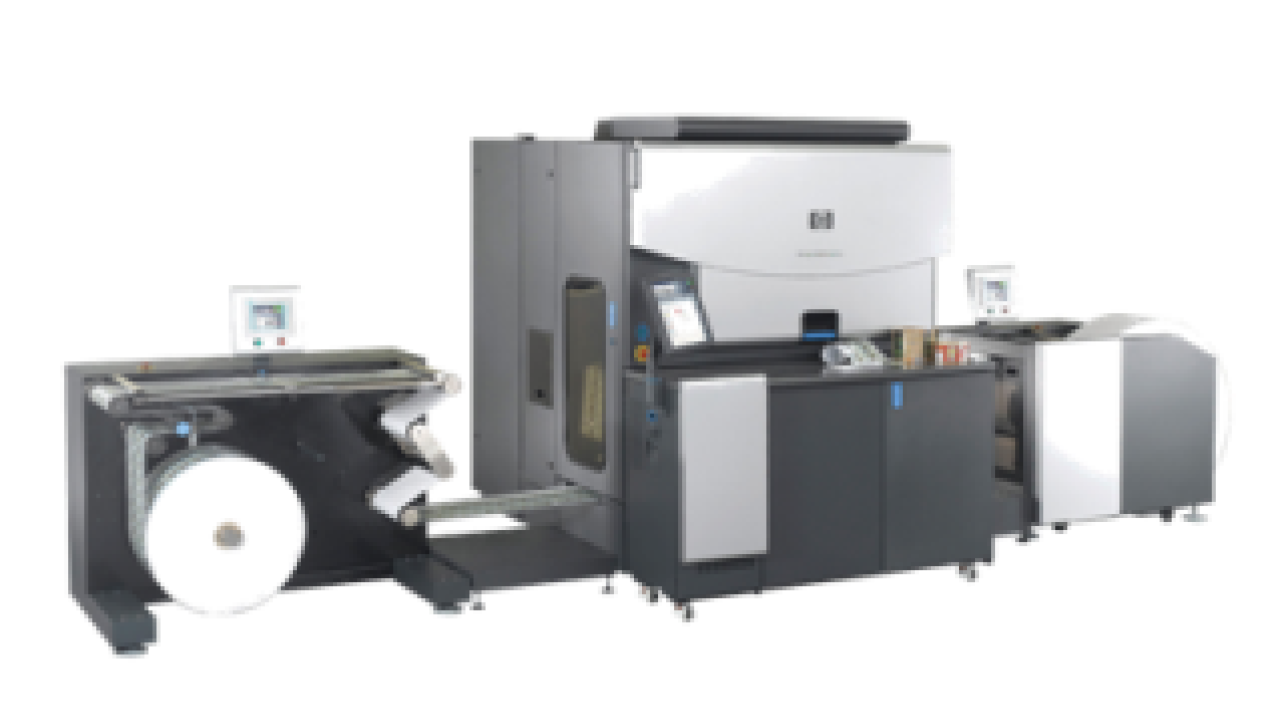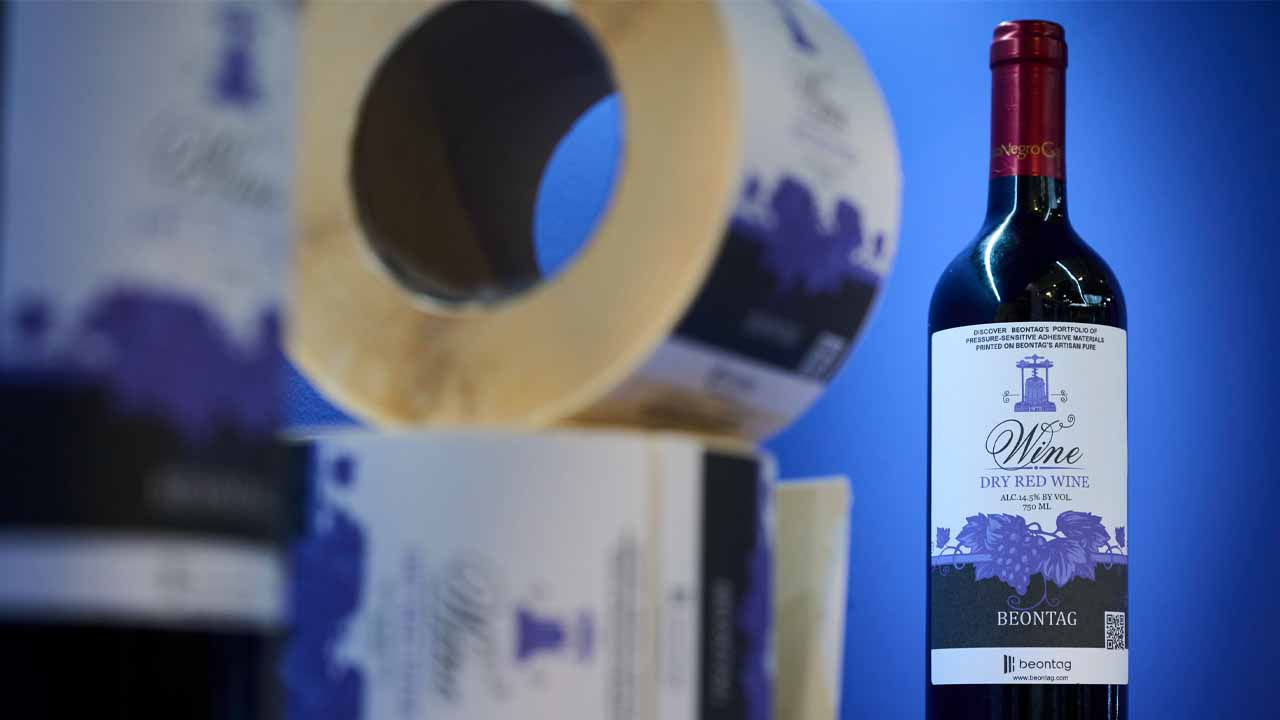Flexible packaging – challenges and opportunities for narrow-web

A review by Mike Fairley
In a multi-billion dollar market dominated by wide web printing and laminating technology, value-added flexible packaging is experiencing strong growth and a growing market share from narrow-web converting. Indeed Avery Dennison have assessed the addressable market for narrow web flexible packaging as already standing at some $200 million in North America alone - and growing at above 10 per cent per annum.
While a number of the leading narrow-web UV flexo label press manufacturers have been introducing new models for shorter runs of mono-layer films for flexible packaging, there is also a growing realization that narrow-web digital presses also have a significant role to play in the changes that are being demanded by brand owners and packaging buyers. But, I’ll say more about this later.
Like many other sectors, flexible packaging is not immune from the changing requirements for reduced run lengths, differentiation in SKU proliferation, test marketing for new product launches, minimizing stockholding and inventory reduction, faster delivery and expanded promotional opportunities. These changes certainly begin to favor printing on narrower webs and the use of digital printing technologies.
In a recent presentation by Randy Parish, Director, Fasson® Rapid-Roll®, he viewed the key flexible packaging market opportunities for narrow-web converters as being in the food, personal care, pet food and nutraceutical sectors where unsupported films are typically surface printed and then protected with varnish or an over-laminate.
Examples given of food products suitable for narrow-web printing included single serve snacks, powdered goods (soup mixes, gravy, spices), coffee and regional foods, while in personal care the opportunities were seen in items such as shampoos, conditioners, lotions, travel kits, and promotional items.
Pet food possibilities included single serve pouches, treats and promotional items. Narrow-web nutraceutical applications were in products such as bars, supplements, protein powders, snacks and drink mixes.
Advice by Randy Parish to narrow-web converters looking to get into flexible packaging production was to focus on customers that need short runs, quick delivery and SKU proliferation; to focus on existing customers; and to develop relationships with co-packers.
In a similar vein, a recent study by ExxonMobil Chemical to find out which flexible packaging market segments would be easiest to penetrate with digital, they saw narrow/mid-web digital printing of flexible packaging as particularly being able to create added-value solutions in the ice-cream novelty market - a market they value at some $30 billion in North America and Europe alone - followed by opportunities in confectionary packaging.
Certainly in the ice-cream novelty market they saw a need for short runs to eliminate stock-outs, notoriously difficult to forecast because ice-cream demand is highly sensitive to both the weather and days of the week. Add to this the fact that frozen goods are expensive to store and transport and it can soon be seen why narrow-web, conventional and digital, printing starts to come into its own.
The same sector also sees novelty packs as impulse-buying items that are able to capture lost sales due to stock-outs, and with narrow-web digital printing of single pack novelties offering a significant opportunity to enhance profitability.
Key challenges put forward by ExxonMobil Chemical were for narrow-web converters to create designs that can be printed in more vivid colors; to simulate the printed result at the time of the design creation; to maintain high color fidelity; and to increase speed of approval and launch of new products and promotions.
Suggested opportunities for converters looking to grow their digitally-printed narrow-web flexible packaging capabilities include fast product promotion at major events, such as music festivals, or the development of on-shelf packs that track progress of the World Cup, Olympic Games, major drama series or new films, as well as the development of limited edition packs.
Undoubtedly it will be single-web markets where narrow-web printing gains most initial advantage. It is less complex than multi-layer films, while further improvements in press technology, process control tools, and packaging materials will be required to fully capture narrow-web opportunities in the flexible packaging world.
And talking of narrow-web conventional and digital presses for flexible packaging, where does the market stand today? Certainly, most of the leading narrow-web label press manufacturers now have models developed specifically for flexible packaging.
Nilpeter for example, has recently launched a new 22” (570mm) wide flexo press (the FA-6) for printing unsupported films as thin as 12 microns and, in demonstrations, this completed an eight-color job in 4.5 minutes, including a change of ink pans. This press has attracted particular interest from converters looking to enter the flexible packaging market. MPS too, the Dutch press manufacturer, has showcased its EXL-packaging press with Crisp Dot technology for the flexible packaging arena, as well as new EC and EF models with standard short web paths and print sleeves for label and film conversion.
Likewise, the three main leaders in narrow-web digital label presses have also introduced digital press versions for the flexible packaging. Market leader HP Indigo - with over 1,000 presses now sold into the label industry - now offers its WS6000 press for printing shrink sleeves and flexible packaging films down to 0.47 mil. The press comes complete with an in-line drying system that reduces flexible packaging curing times.
Xeikon, a manufacturer of dry toner-based digital narrow-web presses, has recently added a 20” wide model (the 3500) to complement its 13” model 330. Both are LED-array-based digital presses that print at 1,200 dpi image resolution on a wide variety of substrates, including films such as BOPP, PVC and PET.
At the same time another digital narrow-web press manufacturer, EFI Jetrion, has unveiled its latest 4830LED UV inkjet system and a newly developed flexible ink set that allows printing on unsupported and heat-sensitive materials, including shrink sleeve. This has opened up new opportunities for label and other converters to move into the flexible packaging market. The company also offers a single-pass digital white targeted at printing on clear film and metallic substrates.
Put together, narrow- and mid-web presses, both conventional and digital, now offer label and flexible packaging converters the opportunity to target new short-run flexible packaging applications, drive differentiation and personalisation, offer quicker delivery and reduced stockholding - and become more profitable.
The driving forces behind the move to narrow-web flexible packaging seems set to continue - even grow - with those bold enough to make the investment in new presses, solutions and applications reaping the benefits. My advice? Don’t get left behind!
Stay up to date
Subscribe to the free Label News newsletter and receive the latest content every week. We'll never share your email address.

